Soybean, a legume with a unique ability to biologically fix nitrogen, offers a sustainable solution to modern agricultural challenges. According to the Southern Institute of Agricultural Sciences and Technology, soybeans can fix an average of 94 kg of nitrogen per hectare per crop through symbiosis with Rhizobium bacteria in root nodules, equivalent to 200 kg of urea. In optimal conditions, this figure can reach up to 168 kg of nitrogen per hectare, significantly reducing the chemical fertilizer requirement for both soybean cultivation and subsequent crops—a substantial expense for farmers.
SUSTAINABLE FARMING PRACTICES: MEETING MODERN AGRICULTURAL CHALLENGES
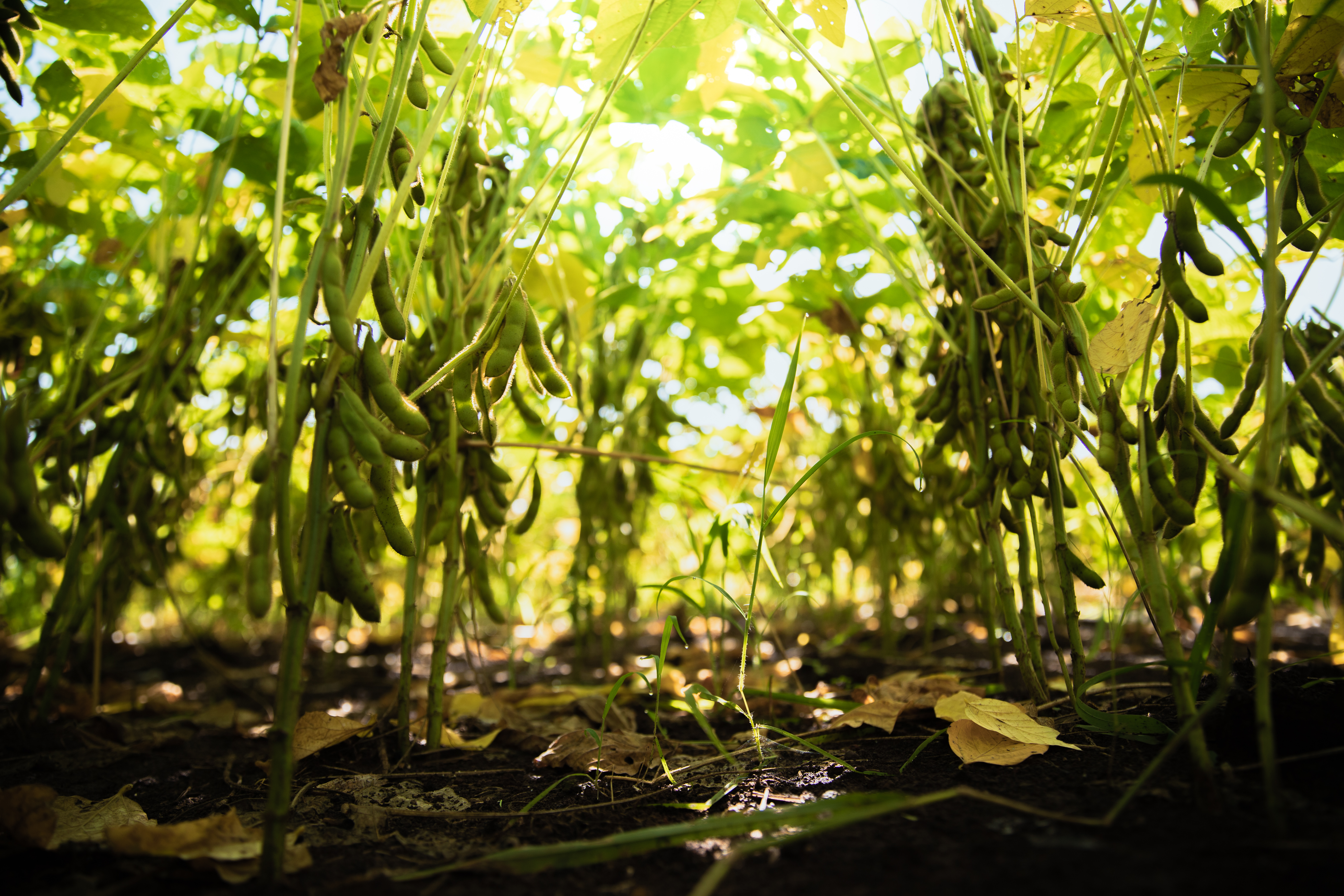
Beyond fertilizer savings, soybeans boast an extensive, well-branched root system that efficiently absorbs residual nutrients, such as phosphorus and potassium, from deeper soil layers, preventing their loss and environmental runoff. Additionally, the symbiotic relationship between soybean roots and beneficial microorganisms enhances organic matter decomposition and nutrient conversion into readily absorbable forms for subsequent crops.
Crop rotation with soybeans effectively balances soil nutrition and disrupts the life cycles of pests and pathogens, reducing the need for pesticides. Many farmers have observed that crops following soybeans exhibit reduced pest and weed pressure, higher yields, and a substantial decrease in fertilizer costs—up to 30%—resulting in diminished environmental impact.
VINASOY: PARTNERING WITH FARMERS TO REVITALIZE SOYBEAN CULTIVATION
Vinasoy, the Vietnam Soybean Milk Company, goes beyond producing soybean-based products. Through its Vietnam Soybean Application Center (VSAC), Vinasoy pioneers the promotion of soybean crop rotation in raw material-producing regions. The company actively invests in research, cultivation techniques, mechanization, and output consumption, aiming to restore and enhance the value of soybeans in sustainable agriculture.
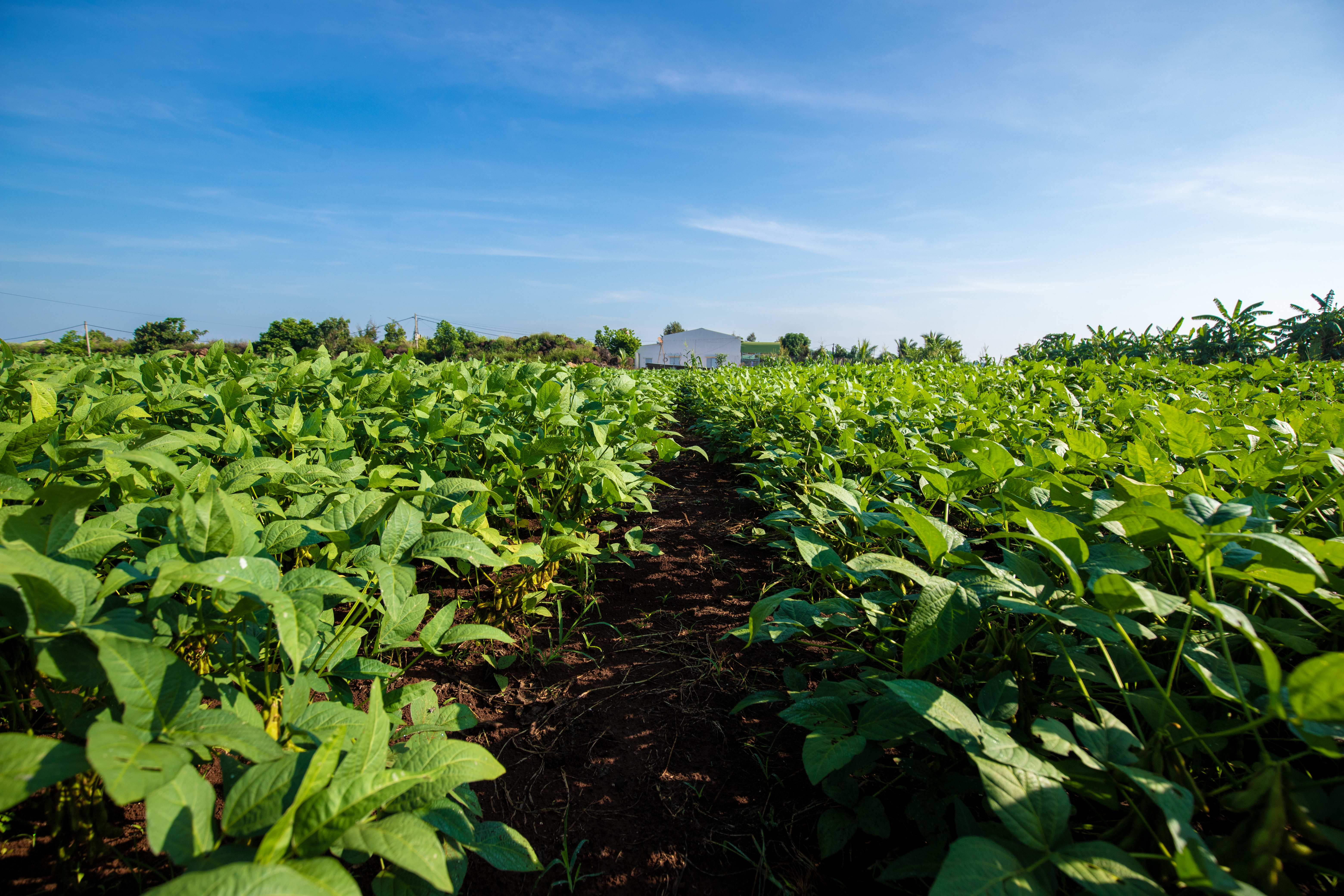
Data from the Nam Dong Soybean Production Cooperative in the 2022-2024 period reveals that households adopting this model achieved an average revenue of 250-400 million VND per hectare per year. The most profitable approach is the three-crop rotation model currently embraced by local farmers. Soybeans not only provide a rich source of nitrogen for human consumption but also play a pivotal role in soil improvement and pest control for subsequent crops. This results in increased yields, reduced fertilizer and pesticide expenses, and significantly enhanced soil quality.
The Nam Dong Cooperative, a leading model in the Central Highlands region, facilitates organized production, quality control, and farmer access to agricultural policies and certifications like IP and VietGAP. This ensures higher-value crops that meet stringent market requirements for traceability. Notably, the cooperative has established the “3-Ton Farmers Club,” recognizing farmers who achieve soybean yields exceeding 3 tons per hectare through the adoption of advanced techniques and improved varieties introduced by Vinasoy.
“Before adopting crop rotation with soybeans, our land was degraded, and pest problems were rampant, leading to increased costs,” shared Mr. Pham Van Duan, a cooperative member. “Now, with soybeans in the rotation, the soil is looser and more aerated, benefiting subsequent crops like peanuts, and resulting in significant cost savings.”
PROMOTING “2 RICE – 1 SOYBEAN” MODEL: A GREEN SOLUTION FOR THE DELTA
The benefits of soybean crop rotation extend beyond the Central Highlands to the Red River Delta (including Hanoi and Vinh Phuc) and are being piloted in the Mekong Delta (Vinh Long and An Giang) with the “2 rice – 1 soybean” model. As a dryland crop, soybeans are grown between two rice crops (wet-dry rotation), conserving water, suppressing weeds, breaking pest cycles, and enhancing soil organic matter and structure.
In the Red River Delta, soybean crop rotation during the winter season efficiently utilizes land resources, reduces the pressure of continuous rice cultivation, and improves soil quality. Instead of burning rice straw, which pollutes the environment, farmers can now use it as a mulch when planting soybeans, conserving moisture, suppressing weeds, and aiding soybean growth. After each soybean harvest, the plant residues, along with leftover rice straw, become organic fertilizer, enriching the soil.
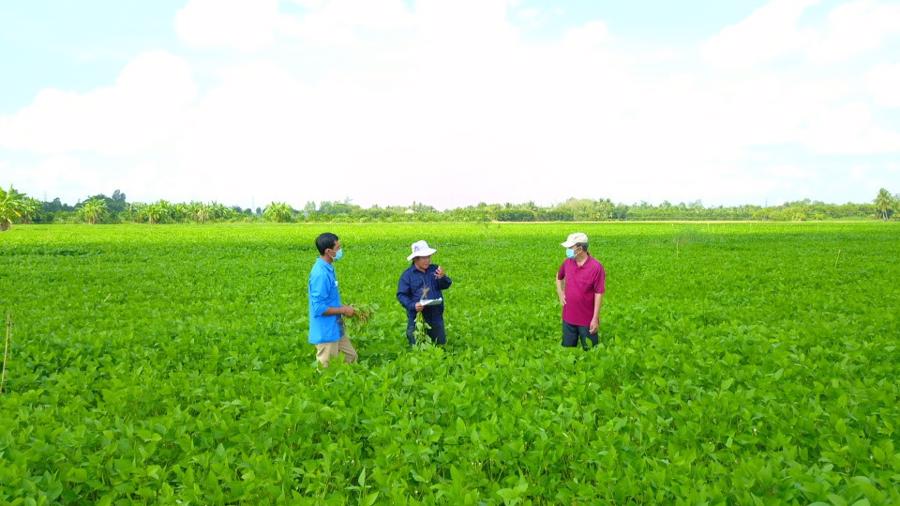
“We believe soybeans play a unique role in the sustainable agriculture ecosystem,” affirmed Mr. Le Hoang Duy, Director of VSAC. “Soybean crop rotation is not merely an agricultural technique but a vital part of Vinasoy’s long-term ESG strategy, empowering farmers to protect land resources, enhance crop value, and adapt to climate change.”
Empirical evidence demonstrates that crop rotation models incorporating soybeans deliver economic benefits while protecting the environment, reducing input costs, increasing yields, and enhancing the value of subsequent crops. This foundation guides Vinasoy and farmers alike toward efficient, eco-friendly, and sustainable agriculture in the future.
“TTC AgriS Forges Ahead with Financial Institution Collaborations, Shaping the Financial Ecosystem”
In the context of a global shift towards sustainable agriculture, TTC AgriS (AgriS, HOSE: SBT) is at the forefront of fostering an agricultural financial ecosystem. Through strategic collaborations with reputable financial institutions, AgriS is realizing an integrated, modern, and far-reaching value chain. This pioneering approach is aimed at achieving sustainable development and international integration, setting a new standard for the industry.
Unveiling the Sustainable Durian Production Model Project: Yara Vietnam’s Initiative in Dak Lak
The Launch Ceremony of the Project on “Developing a Model for Using Organic Fertilizers in Sustainable Durian Production” was held at the Yara Knowledge Center in the Central Highlands region. This project is a collaborative effort between the Plant Protection Department, the Institute of Soil Science and Agrochemistry, and Yara Vietnam Company. With their combined expertise, they aim to revolutionize sustainable farming practices for durian production in the region.
The Chairman of TTC AgriS Seeks Additional $42 Million from Two European Financial Institutions
With a successful fundraising of $270 million in just over a year, TTC Agri Chairman Dang Huynh Uc My is a force to be reckoned with. This impressive feat was achieved with the recent addition of $42 million from SACE S.p.A and ING-DiBa AG, showcasing the company’s and My’s exceptional financial prowess and strategic vision.



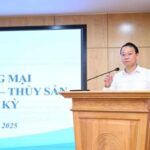

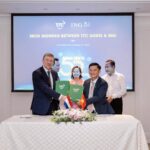
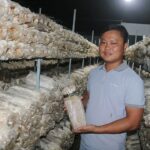



![[Photo Essay]: Experts, Managers, and Businesses Unite to Forge a Path Towards Sustainable Green Industry](https://xe.today/wp-content/uploads/2025/07/z678592918-150x150.jpg)


![[Photo Essay]: Experts, Managers, and Businesses Unite to Forge a Path Towards Sustainable Green Industry](https://xe.today/wp-content/uploads/2025/07/z678592918-100x70.jpg)







